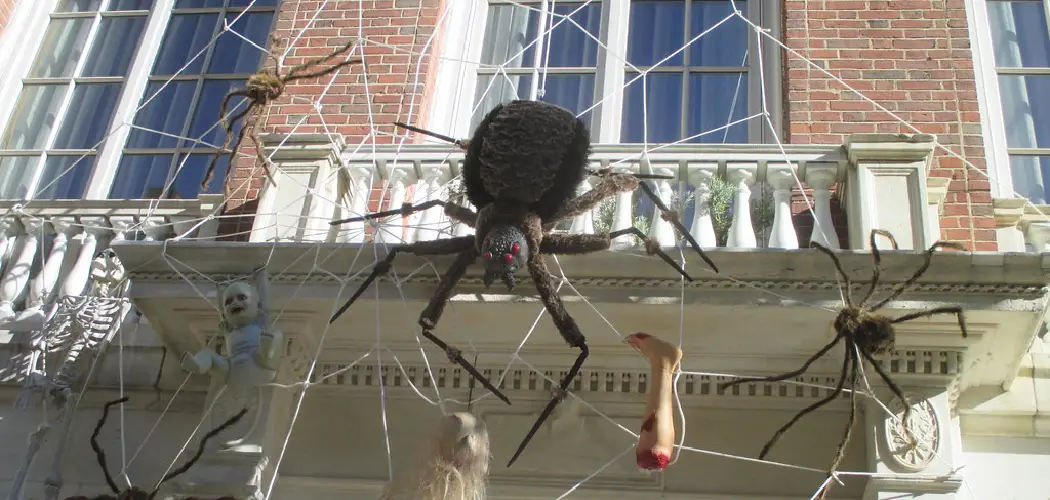Spiders play an important role in pest control by preying on insects that can damage your house and plants. They also help maintain the ecosystem by acting as a food source for other animals. By attaching spiders to your house, you are creating a natural and environmentally friendly way to keep pests at bay.
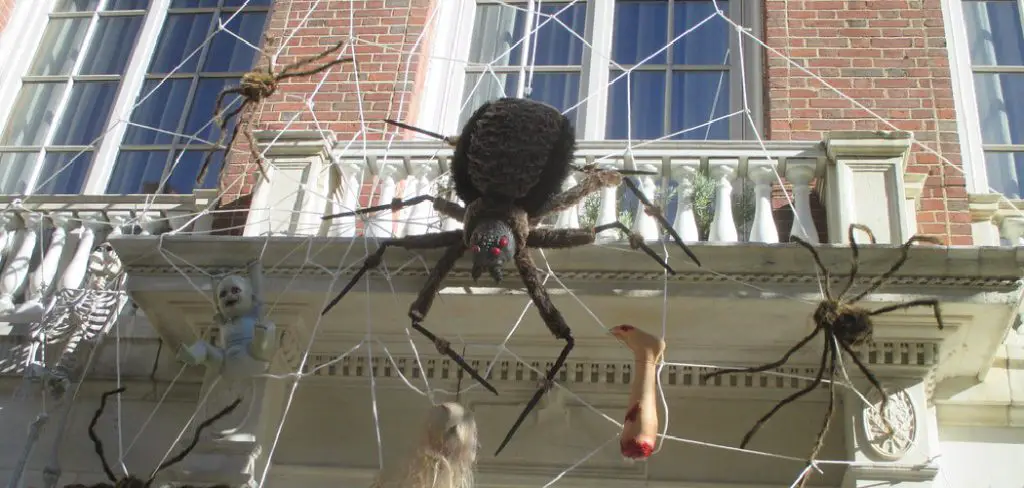
The main advantage of attaching spiders to your house is that they can serve as natural pest control. Spiders are predators and will consume insects such as flies, mosquitoes, and other common household pests.
By having spiders around your home, you can reduce the need for chemical pesticides, which can be harmful to both humans and the environment. In this blog post, You will learn in detail how to attach spiders to house.
Step-by-step Instructions for How to Attach Spiders to House
Step 1: Inspect the Area
Before letting nature take its course, it is important to inspect the exterior of your home. This will give you an idea of where spiders might seek shelter. Look for cracks or gaps in walls, doors, and windows that could be potential entry points.
Step 2: Identify Spider-friendly Areas
Spiders tend to prefer dark and damp areas. Common spider-friendly spots include basements, crawl spaces, attics, and garages. Identify these areas and be extra vigilant when inspecting them.
Spiders are attracted to cluttered areas with lots of hiding spots. Clear away any debris, boxes, or piles of items that could create a shelter for spiders. Vacuum and dust the area thoroughly to remove any existing spiders or their webs.
Step 3: Seal Potential Entry Points
Using a caulk gun, seal any gaps or cracks you found in step 1. Pay extra attention around windows, doors, pipes, and vents. This will prevent spiders from entering your home in the first place.

In addition to sealing gaps, installing screens on windows and doors is another effective way to prevent spiders from entering your home. Make sure the screens are tightly fitted and have no tears or holes where spiders could sneak in.
Step 4: Use Natural Spider Repellents
There are many natural remedies that can help repel spiders from your home. Some options include essential oils, vinegar, chestnuts, and citrus peels. These ingredients have strong scents that spiders dislike.
Insects are attracted to light sources, which in turn attract spiders looking for a meal. Minimize the use of outdoor lights or keep them off entirely at night to reduce the number of insects around your home.
Step 5: Trim Shrubs and Trees
Spiders can use shrubs and trees as a bridge to get to your home. Keep these plants trimmed and away from the sides of your house to minimize spider access.
Sticky traps are an effective way to catch spiders that have already made their way inside your home. Place them in areas where you have noticed spider activity, such as corners or near baseboards.
Step 6: Use a Vacuum Cleaner
If you do find spiders inside your home, use a vacuum cleaner to remove them. Make sure to empty the vacuum outside immediately after use to prevent any escaped spiders from finding their way back into your home.
By following these instructions, you can effectively prevent spiders from attaching themselves to your house. It is important to regularly inspect and maintain the exterior of your home to ensure that it remains spider-free.
Tips for How to Attach Spiders to House
- Avoid using pesticides to get rid of spiders as it can be harmful to your health and the environment. Instead, use natural remedies like peppermint oil or diatomaceous earth.
- Keep your house clean and clutter-free as spiders are attracted to dark and dusty places. Regularly vacuum carpets, dust corners and remove any cobwebs.
- Check for cracks and holes in walls, windows and doors as spiders can enter your house through small openings. Seal them up to prevent spider entry.
- Store firewood, rocks, and other outdoor items away from the house. These objects make perfect hiding spots for spiders.
- Use essential oils like peppermint, lavender or eucalyptus to repel spiders. Place a few drops in a spray bottle with water and spray around your house.
- If you have any outdoor lights near your house, switch them to yellow or sodium vapor bulbs. These types of light are less attractive to insects which are a spider’s main food source.
- Be cautious when handling boxes, storage bins, and other items that have been in storage for a long time. Spiders may have made their home in these items, so be sure to shake them out before bringing them into your house.
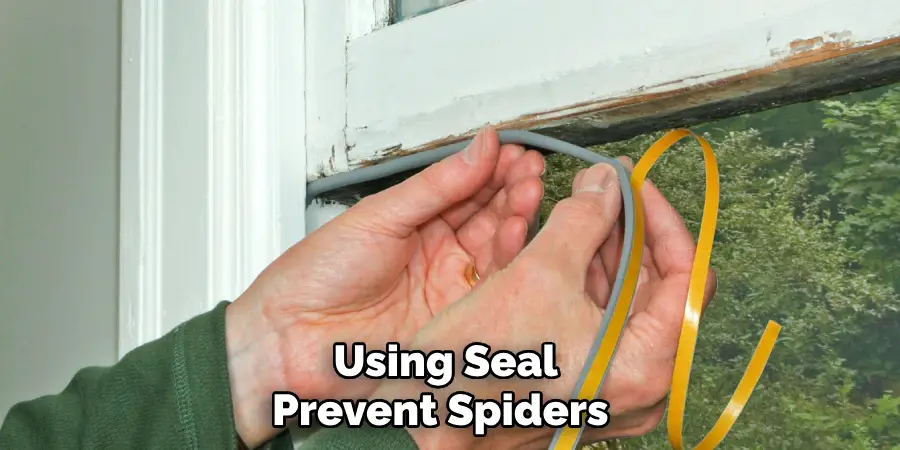
Are There Any Benefits to Attaching Spiders to Your House, Such as Pest Control?
One of the most common ways to get rid of pests such as insects and other arthropods is through the use of pesticides. However, these chemical-based solutions can be harmful not only to the environment but also to humans and pets. That’s why many people are turning to more natural pest control methods, including using spiders.
Spiders may seem like a scary addition to your home, but they can actually be quite beneficial. Here are some potential benefits of attaching spiders to your house for pest control:
1. Natural Predators
Spiders are natural predators and can help keep the insect population in check. They prey on a wide variety of pests such as flies, mosquitoes, ants, and even cockroaches.
2. Low Maintenance
Unlike other forms of pest control, spiders require very little maintenance. Once they are attached to your house, they will naturally find their own food source and continue to hunt pests without any intervention from you.
3. Cost-Effective
Since spiders require minimal maintenance and do not need to be replaced often, they can be a cost-effective solution for long-term pest control.
4. Safe for Humans and Pets
Spiders are not harmful to humans and pets unless they feel threatened. Their bites may cause minor irritation, but they are typically not life-threatening. Additionally, since spiders do not require the use of chemicals or pesticides, they pose no harm to your family or pets.
5. Better for the Environment
As mentioned earlier, chemical-based pest control methods can have a negative impact on the environment. By using spiders, you are not contributing to air and water pollution or harming beneficial insects.
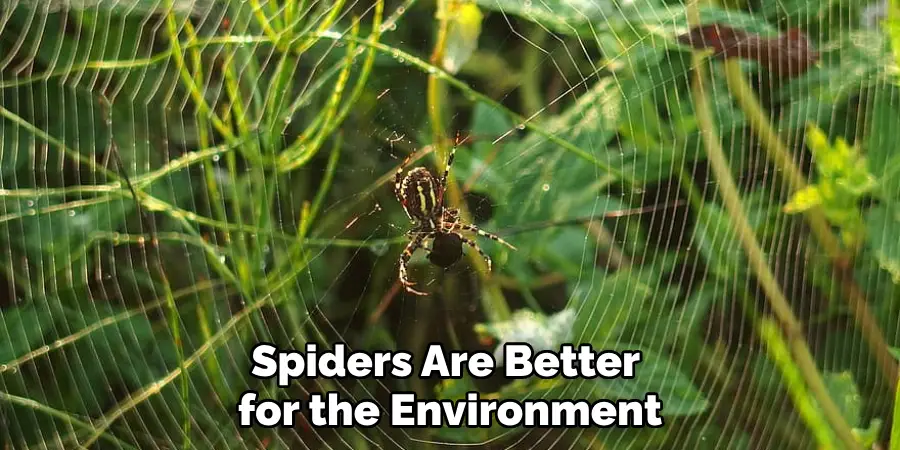
6. Easy to Find
Spiders are easy to find and can be found in most areas around the world. You can even attract them by providing a suitable habitat such as plants, rocks, or wood piles.
While there are many benefits to attaching spiders to your house for pest control, it is important to note that not all spiders are beneficial. Some species can be harmful or aggressive, so it’s essential to do your research and only attract or attach non-threatening species.
What is the Best Location on Your House to Attach a Spider?
Spider control and management is an important aspect for homeowners, especially if you live in areas prone to spider infestation. One common question that many people have is where is the best location on your house to attach a spider? The answer may vary depending on the type of spider and your personal preferences, but here are some general guidelines to help you make an informed decision.
1. Windows and Doors:
Windows and doors are the most common entry points for spiders, as they provide easy access into your home. It is important to inspect these areas regularly for any gaps or cracks that spiders can use to enter your house. Seal these openings with weather stripping or caulk to prevent spiders from getting in.
2. Exterior Walls:
Spiders often make their way into your home through exterior walls, especially if they are made of wood or have any openings. Inspect the exterior of your house for any gaps or cracks and seal them accordingly.
3. High Ceiling Areas:
Spiders prefer to spin their webs in high areas where they can easily catch prey. This includes ceilings, door frames, and window sills. Keep an eye out for spider webs in these areas and remove them regularly to discourage spiders from setting up camp.
4. Outdoor Lighting:
Lights attract flying insects, which are a primary source of food for spiders. If you have outdoor lighting near your house, make sure to keep it as far away from your doors and windows as possible. This will minimize the chances of spiders using the light to enter your home.
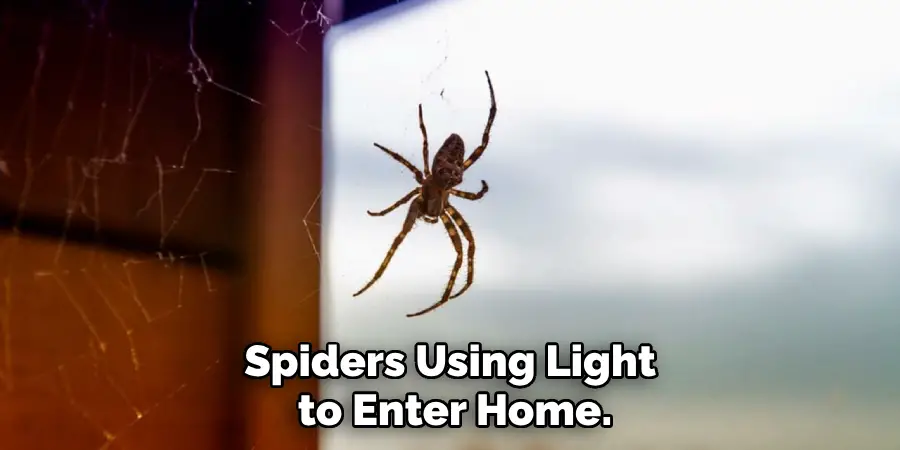
5. Attics and Basements:
These are prime locations for spiders to hide and build their webs, as they are often undisturbed. Regularly inspect these areas and keep them clean and clutter-free to discourage spiders from making themselves at home.
In addition to these general guidelines, it’s important to understand the specific habits of the type of spider you are dealing with. For example, some spiders are ground dwellers while others prefer to climb and spin webs in high areas.
Conclusion
In conclusion, while there are many advantages to having spiders around the house, such as natural pest control and a decrease in other insect populations, there are also some potential drawbacks to consider.
One of the main concerns with attaching spiders to your house is the risk of spider bites or allergic reactions for individuals who may be sensitive or have phobias towards these arachnids.Additionally, spiders can also create webs and leave behind droppings which may not be aesthetically pleasing to some homeowners.
Proper precautions should be taken when attaching spiders to your house, such as researching the specific species of spider and their behaviors, as well as regular cleaning and maintenance of areas where they reside. I hope reading this post has helped you learn how to attach spiders to house. Make sure the safety precautions are carried out in the order listed.

